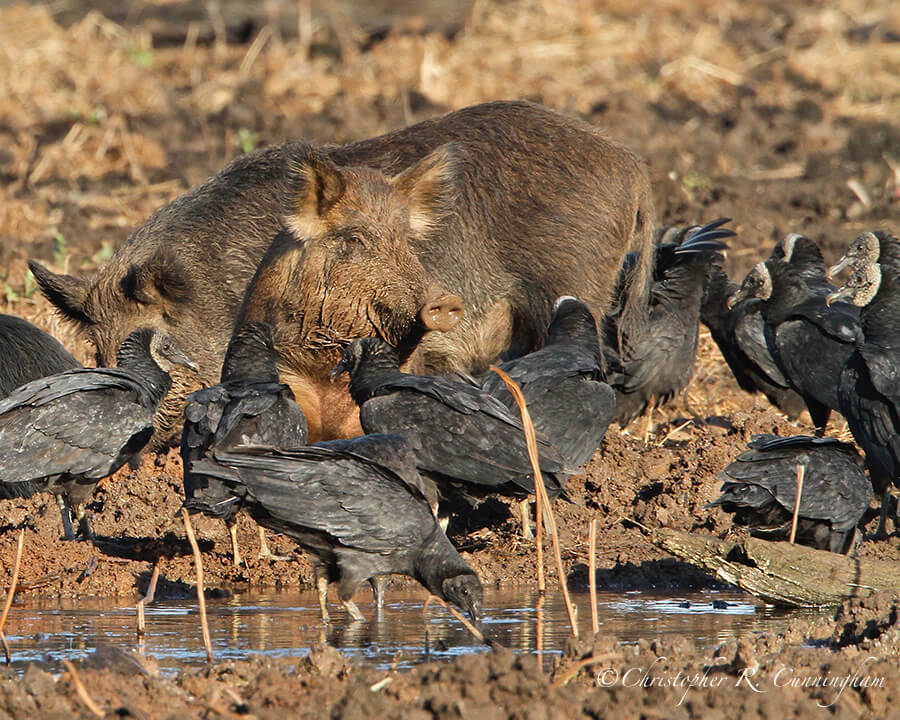Beauty in art is often nothing but ugliness subdued.—Jean Rostand

Some of the most memorable photographs in history are unflinching documents of the brutality of the world. Think of Matthew Brady’s images of the American Civil War, or Robert Capa’s slightly mis-framed, slightly out-of-focus photo of a falling soldier, shot dead during the Spanish Civil War (Loyalist Militiaman at the Moment of Death, 1936). And who can ever forget Nick Ut’s image of a napalm-burned Vietnamese girl running screaming down a road surrounded by scattered refugees and soldiers?

Nature, like war, offers up some dark and grisly images. As one who is interested in photographing birds, especially waders, in the act of hunting, I often witness and document violent and bloody scenes. Waders, after all, are stone-cold killers. If a sequence of images is taken, a few images are usually relatively tame–the ones I present to friends, or in talks–or on this site. Often, there are others, typically not shared, with jets of blood and streamers of entrails. Is it not right to share these images, too?

Similarly, photographers tend to avoid birds in molt or with injuries, diseases, and deformities. But the more time one spends in the field, the more of these not-so-pretty pictures of nature emerge. Of course, these images may have value as documents of the current state of affairs in a particular place or the world in general.

And where nature photographers should document unflinchingly is where they observe the continued degradation and destruction of nature at the hand of man, whether through direct action or through the actions of human-introduced species. Who knows, it may make a difference.

©2017 Christopher R. Cunningham and Elisa D. Lewis. All rights reserved. No text or images may be duplicated or distributed without permission.